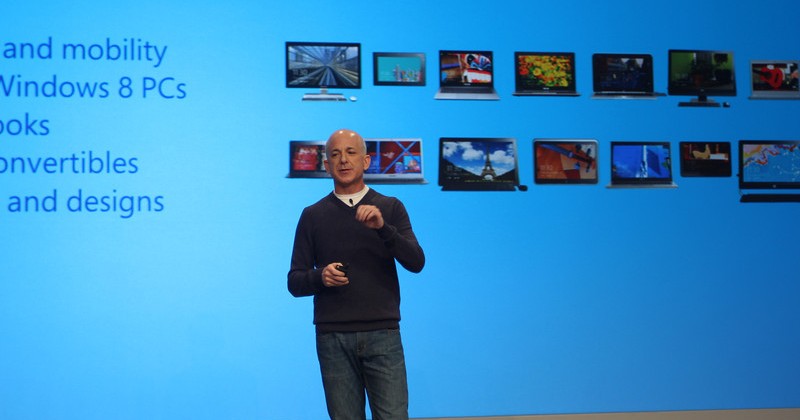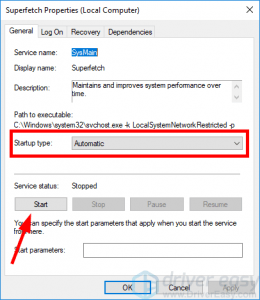

For example, if software programmed using Direct3D requires pixel shaders and the video card on the user's computer does not support that feature, Direct3D will not emulate it, although it will compute and render the polygons and textures of the 3D models, albeit at a usually degraded quality and performance compared to the hardware equivalent. Direct3D offers full vertex software emulation but no pixel software emulation for features not available in hardware. Microsoft strives to continually update Direct3D to support the latest technology available on 3D graphics cards. com /en-us /windows /win32 /direct3dĭirect3D contains many commands for 3D computer graphics rendering however, since version 8, Direct3D has superseded the DirectDraw framework and also taken responsibility for the rendering of 2D graphics. Microsoft Windows, Windows CE, Windows Embedded, Xbox system software Integration with other DirectX technologies enables Direct3D to deliver such features as video mapping, hardware 3D rendering in 2D overlay planes, and even sprites, providing the use of 2D and 3D graphics in interactive media ties. Direct3D exposes the advanced graphics capabilities of 3D graphics hardware, including Z-buffering, W-buffering, stencil buffering, spatial anti-aliasing, alpha blending, color blending, mipmapping, texture blending, clipping, culling, atmospheric effects, perspective-correct texture mapping, programmable HLSL shaders and effects. Direct3D uses hardware acceleration if it is available on the graphics card, allowing for hardware acceleration of the entire 3D rendering pipeline or even only partial acceleration. Part of DirectX, Direct3D is used to render three-dimensional graphics in applications where performance is important, such as games.

Direct3D is a graphics application programming interface (API) for Microsoft Windows.


 0 kommentar(er)
0 kommentar(er)
